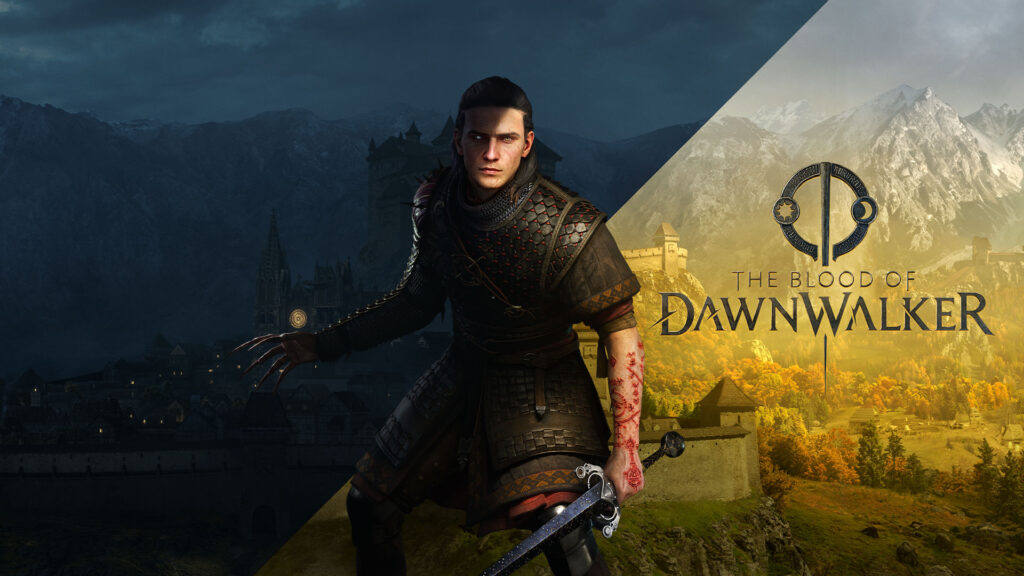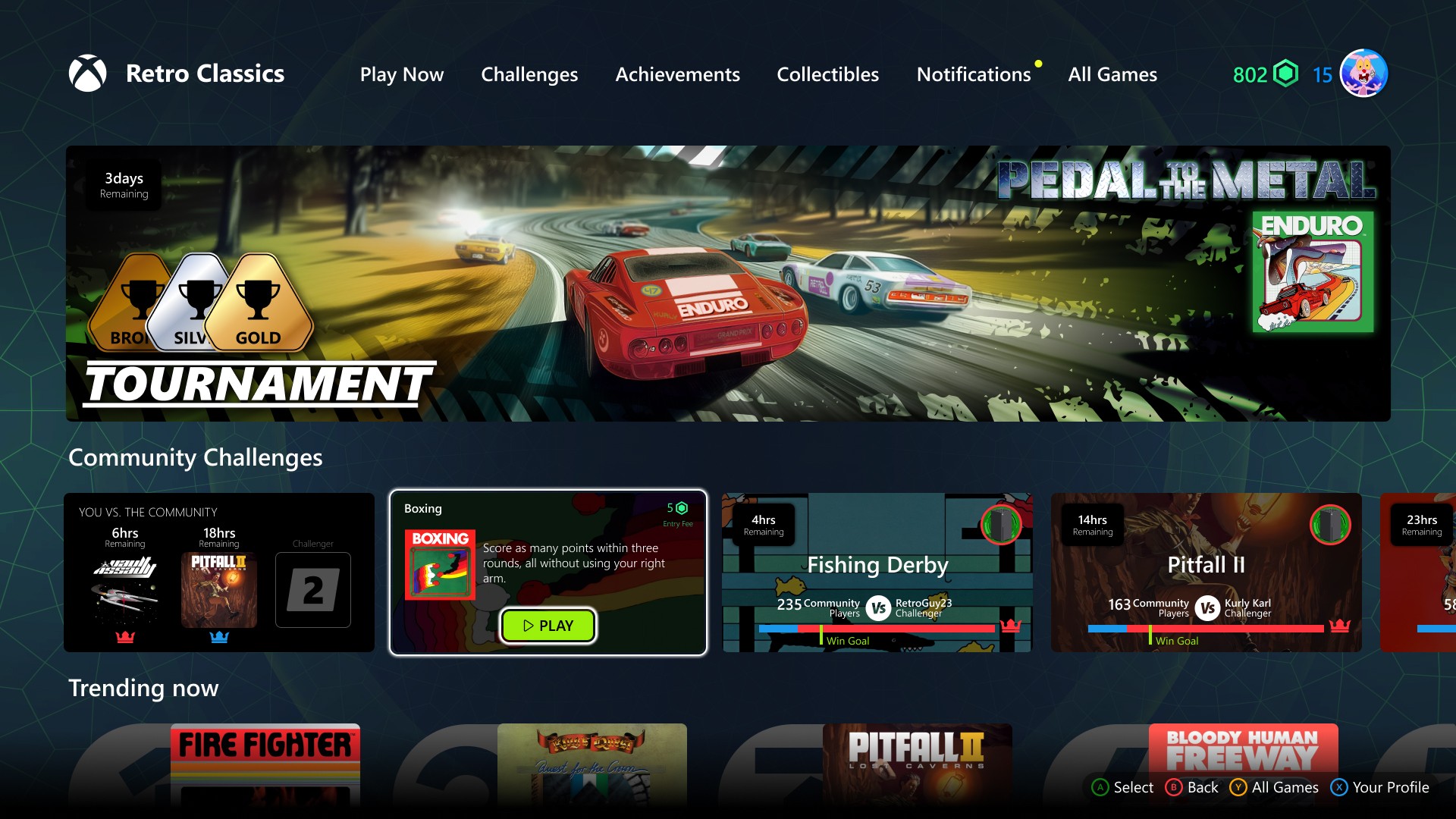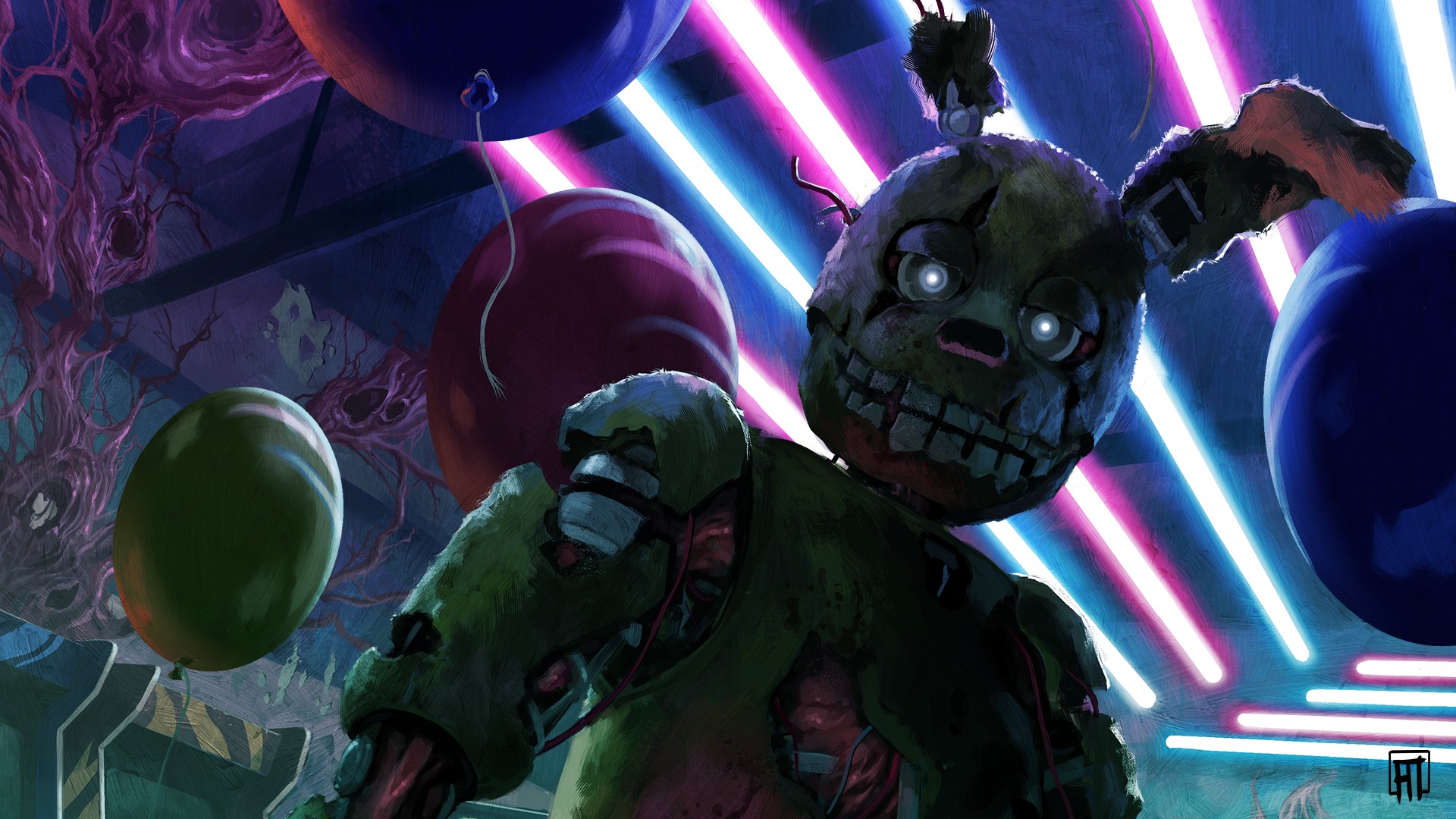A Grounded Take on Dark Fantasy & Vampires – Story, Design and Combat in The Blood of Dawnwalker
The post A Grounded Take on Dark Fantasy & Vampires – Story, Design and Combat in The Blood of Dawnwalker appeared first on Xbox Wire.
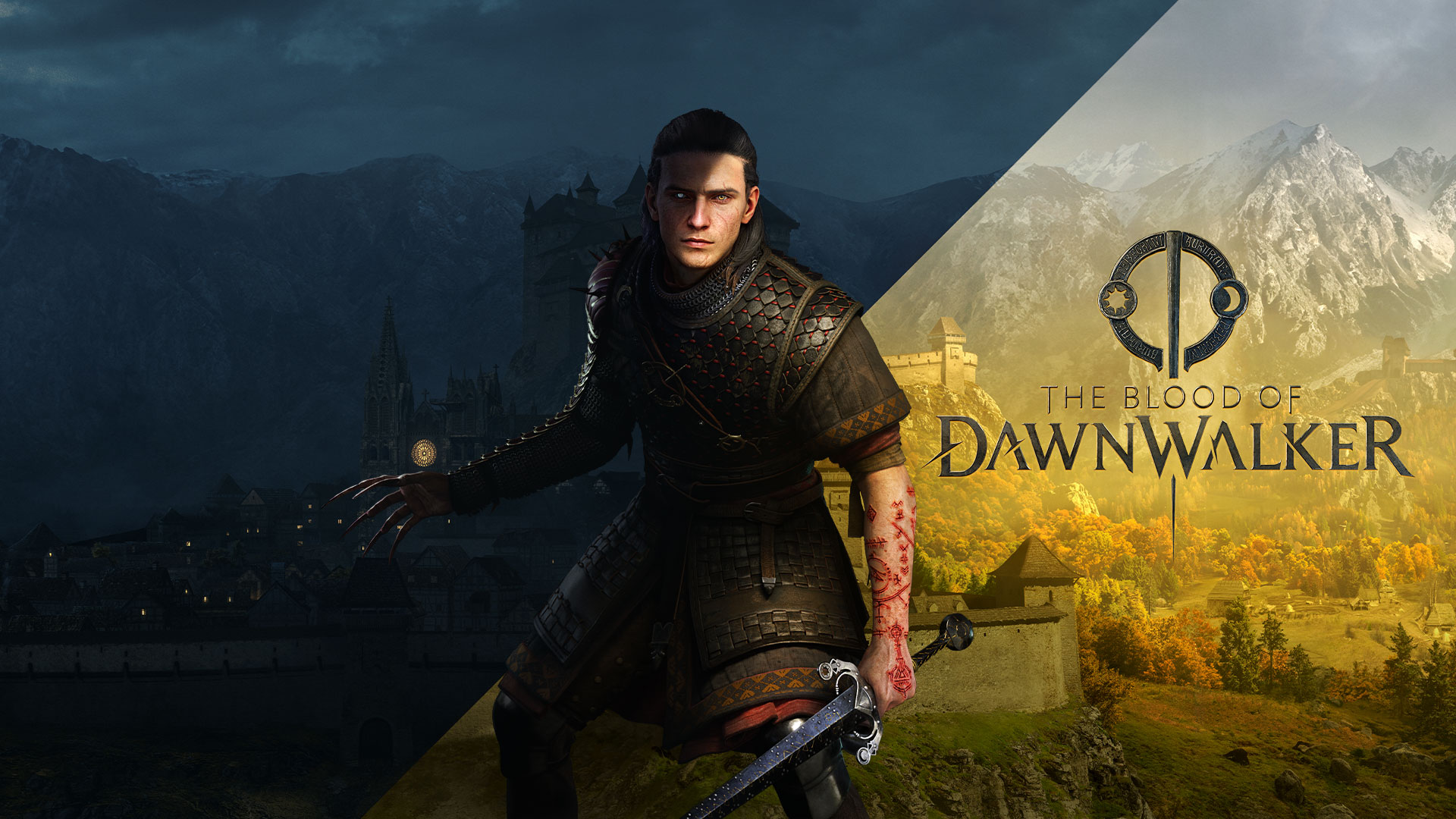
As we announced during the recent Xbox Games Showcase, our team at Rebel Wolves is working on our debut single-player, story-driven game: The Blood of Dawnwalker.
Following the reveal, I want to shed some light on the key elements that make this game truly ours, from the setting and plot, through our unique storytelling approach which we call the Narrative Sandbox, to gameplay systems.
The Blood of Dawnwalker is set to launch in 2026, and you’ll be seeing more of it in the coming months. But for now — let’s dive into the world we’re building.
The Story
Our game takes place in Vale Sangora: a fictional, remote valley tucked somewhere in the Carpathian Mountains of Eastern Europe. And while The Blood of Dawnwalker is a work of fiction, real-world history plays a key role in the narrative.
The old continent and its people are in dire shape. Fourteenth-century Europe was already ravaged by brutal wars, but it was the Black Death that truly brought civilization to its knees. It decimated the population and left entire regions in a state of collapse. And while the plague was a catastrophe of unprecedented scale, for some it presented an opportunity that couldn’t be ignored. One of them was Brencis, a vampire who emerges from the shadows, overthrows the local lord Skender, and seizes power in Vale Sangora.

But even a powerful vampire knows brute force isn’t enough to maintain power. To win the people over, he offers them something no one else can: a cure. Using the properties of vampiric blood, he saves them from the plague.
At the center of the narrative is Coen, our protagonist. A young man turned into a dawnwalker: human by day, vampire by night, destined (or cursed?) to forever walk the line between those two worlds. His goal is simple: to save the people he loves. Even if it means using the very powers he once feared, the powers of a vampire.
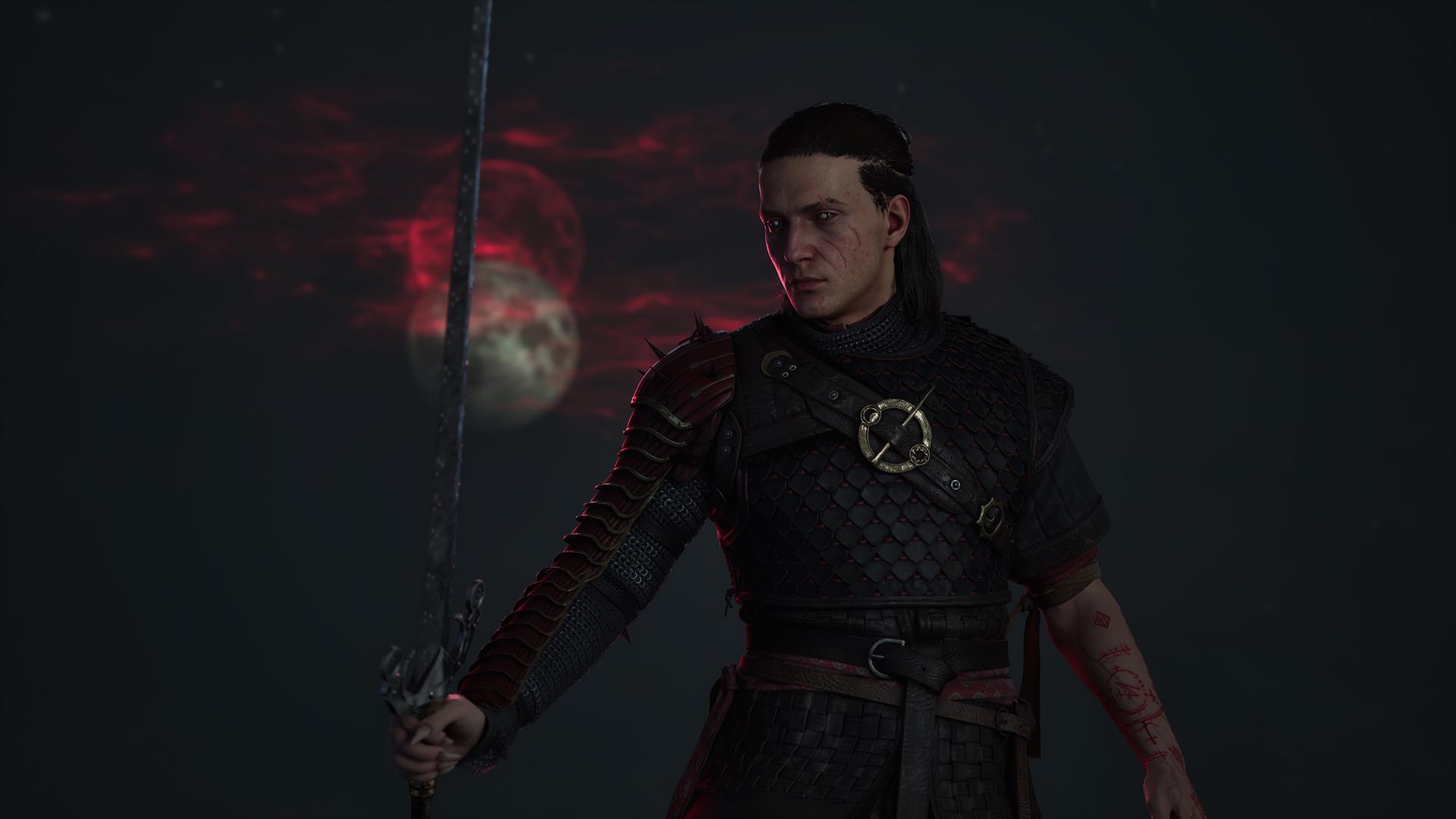
The Vampires
From the start, our goal was to make both of Coen’s forms, human and vampire, equally engaging, fun, and meaningful to play. Each brings unique abilities and influences the world, quests, and story in different ways.
When it comes to vampires, we wanted to honor the classic vision – the elegant “nobility” of the night, while also introducing some twists that make our vampires stand out in more distinct, sometimes unsettling ways.
To turn a human, a vampire must pull out one of their teeth and pierce the heart of their chosen target. This ritual is one of our biggest changes to vampire lore and it plays a crucial role in Coen’s transformation into a dawnwalker. In his case, though, something went wrong. I won’t spoil the details, but the consequences of that moment will have far-reaching implications well beyond the borders of Vale Sangora.

The Narrative Sandbox
We wanted to give players as much control over the narrative as possible — a clear objective, but many paths to achieve it. That, to us, is the unique strength of video games as a storytelling medium: player agency. The way the game adapts to your actions.
Your task in The Blood of Dawnwalker is to save Coen’s family, but how you do it is up to you. Put simply: once the prologue ends, the world opens up — not just in terms of traversal, but also narrative. There’s a major goal ahead of you, but many ways to get there.
Some players might embrace their vampire side and give in to its temptations. Others might cling to their humanity and reject the monster within. You can align with the human rebellion or finish the game without ever meeting them. You can take the fight to Brencis at any time, choosing from multiple paths to do so.
This open, player-driven approach is what we call the narrative sandbox. It’s the philosophy at the core of our storytelling.

The Combat
Coen trained for years with his father, a grizzled war veteran, so during the day he wields a sword. We studied medieval fighting styles and even have a few trained swordsmen on the team. The result is combat that feels authentic and grounded, yet approachable and fun.
As a human, he also learns how to use magic — raw, ritual-based, with dark, primordial origins. We’re not going the high fantasy route with colorful explosions. Our spells are darker and grounded — tied to blood, heat, and air that seems to pulse and breathe. The visuals can be striking, but in a more visceral, eerie way. To cast a spell, you first have to literally open up your body to the occult by carving runes and becoming a living conduit. Magic flows through you.
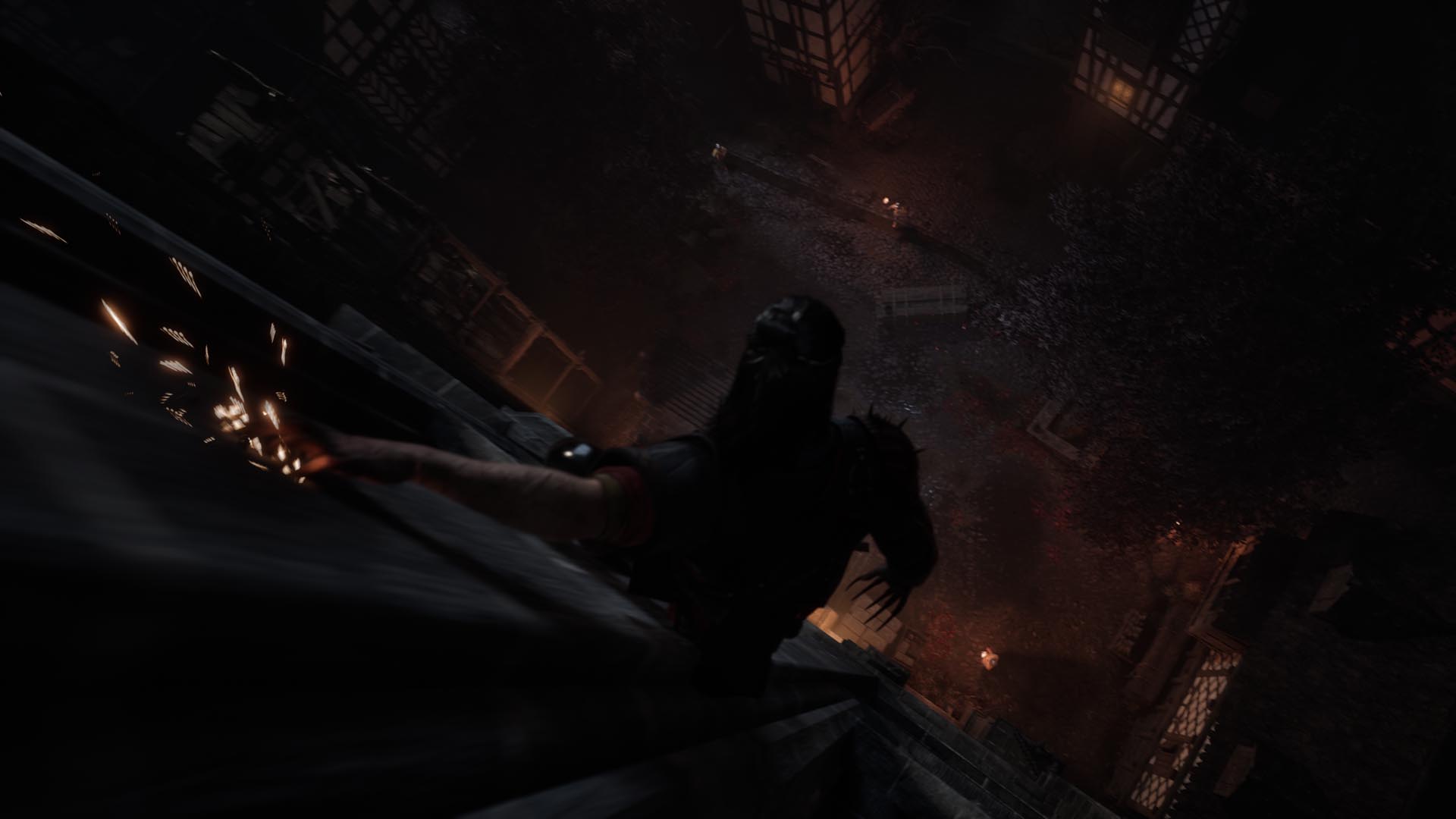
At night though, these runes seal shut as your flesh regenerates. They fade, like old scars. Instead, your vampiric nature awakens. You’ll fight with claws, enhanced strength, supernatural agility, and dark powers available only after sunset. But these powers come at a cost: your humanity. Coen’s vampiric Blood Craving comes into play: a system that ties his health level and his hunger. When losing health, Coen is at risk of losing control over his vampire nature, which can even lead to involuntary draining an NPC that you interact with, locking you out from some dialogue options or even quest lines as his dark instincts take over.
I could go on and on about The Blood of Dawnwalker, but let’s stop here for now. Thank you for taking the time to read about our vision for this story-driven RPG. And if you want a deeper look, we’ve got a special Gameplay Reveal Event happening on June 21, right on the Summer Solstice. You’ll see extended footage from the game, including combat, exploration, magic, and much more. Head to dawnwalkergame.com for all the details.

The Blood of Dawnwalker
Bandai Namco Entertainment Europe S.A.S.
The post A Grounded Take on Dark Fantasy & Vampires – Story, Design and Combat in The Blood of Dawnwalker appeared first on Xbox Wire.




















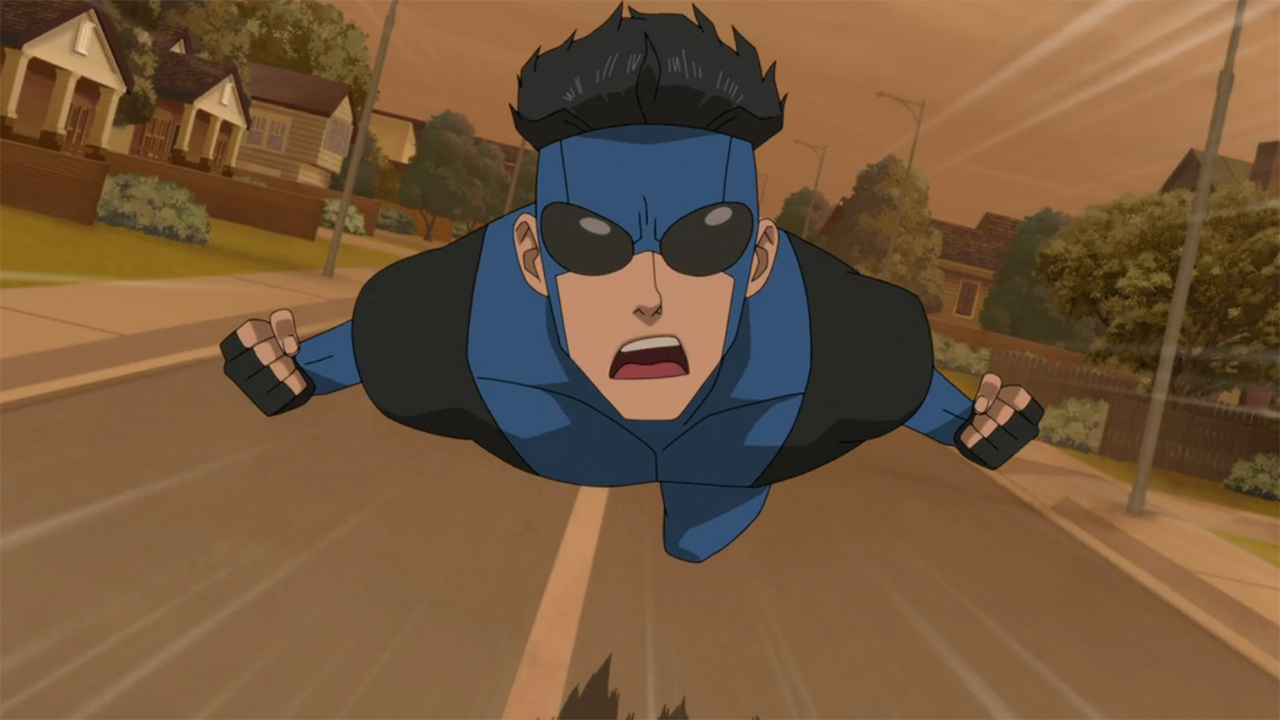









































.jpg)









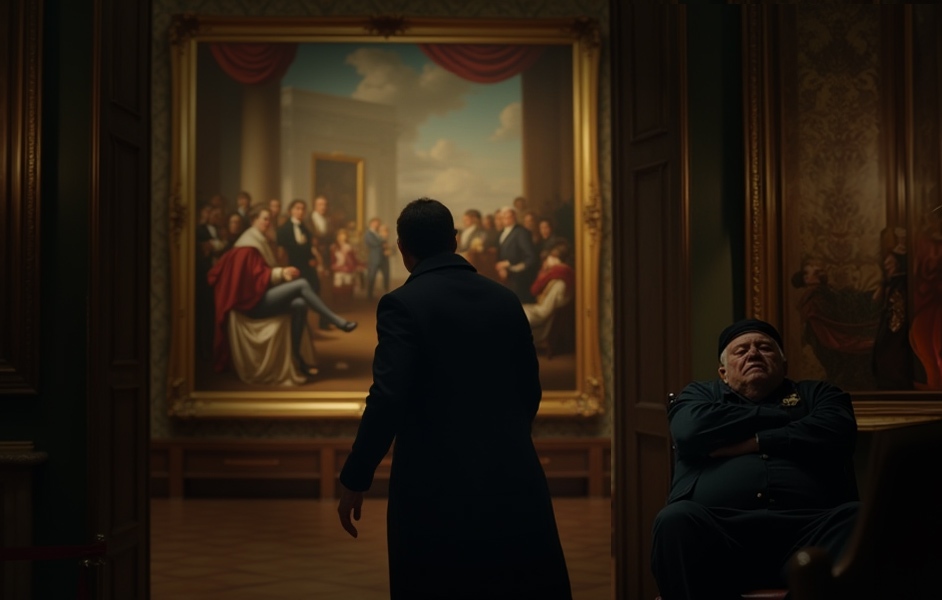





































































































![[The AI Show Episode 151]: Anthropic CEO: AI Will Destroy 50% of Entry-Level Jobs, Veo 3’s Scary Lifelike Videos, Meta Aims to Fully Automate Ads & Perplexity’s Burning Cash](https://www.marketingaiinstitute.com/hubfs/ep%20151%20cover.png)































































































































![From electrical engineering student to CTO with Hitesh Choudhary [Podcast #175]](https://cdn.hashnode.com/res/hashnode/image/upload/v1749158756824/3996a2ad-53e5-4a8f-ab97-2c77a6f66ba3.png?#)

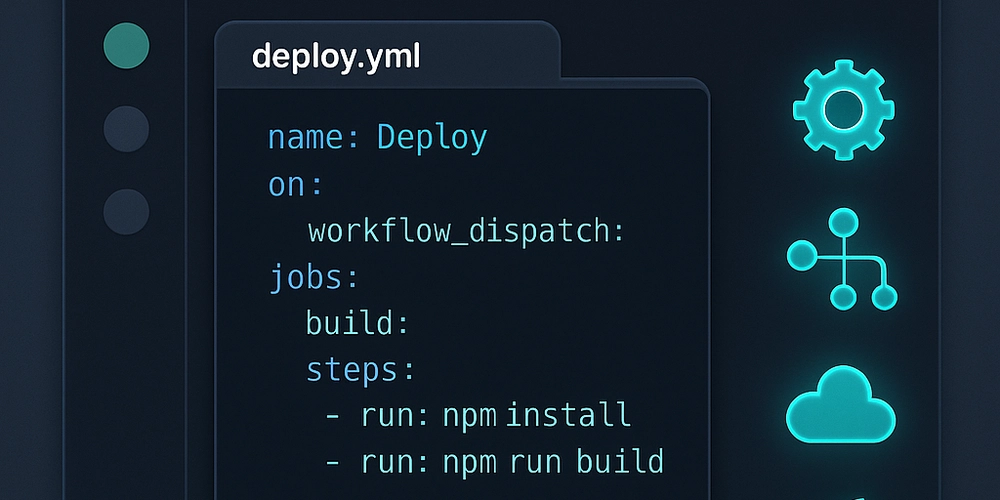

















































































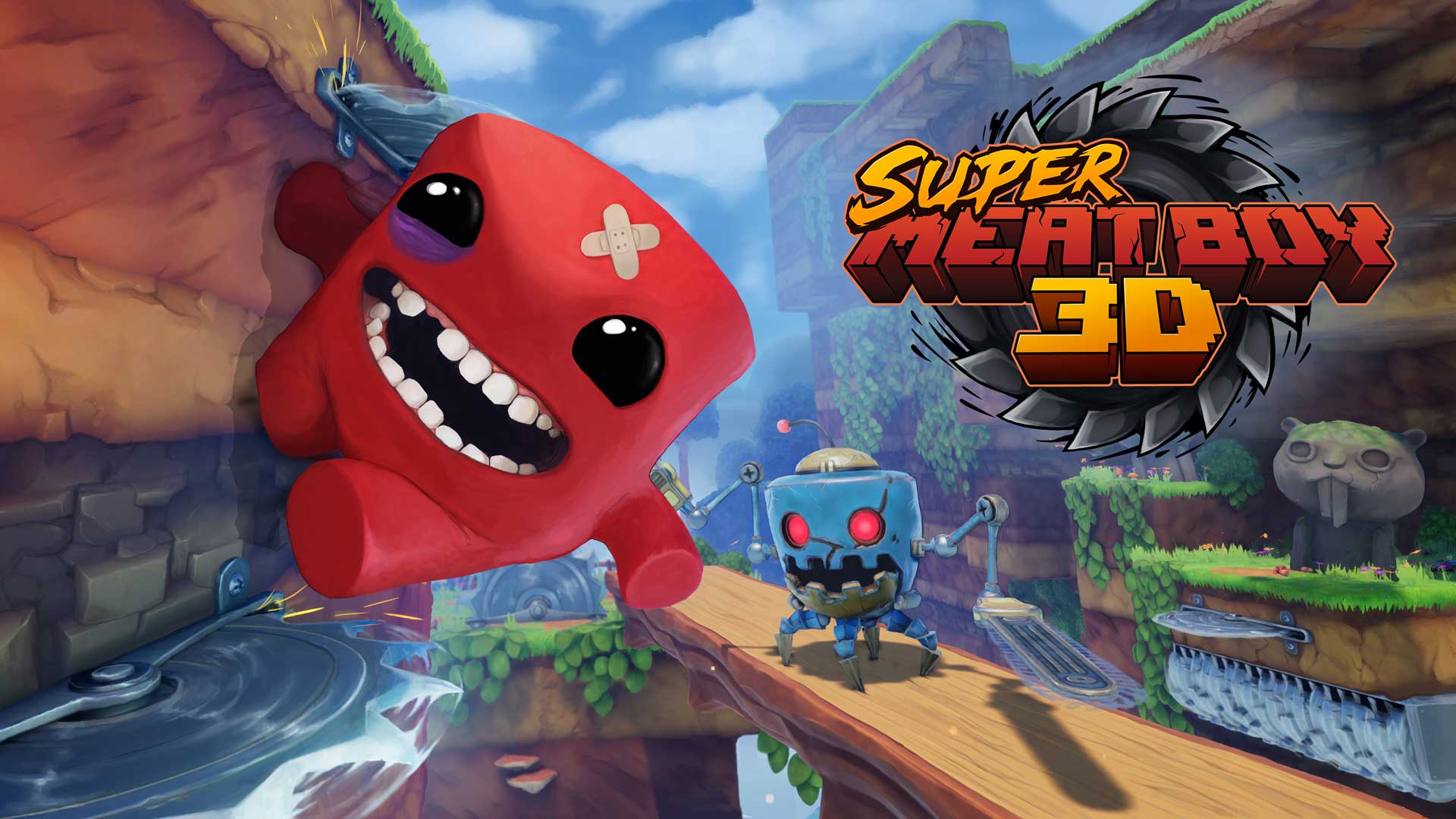
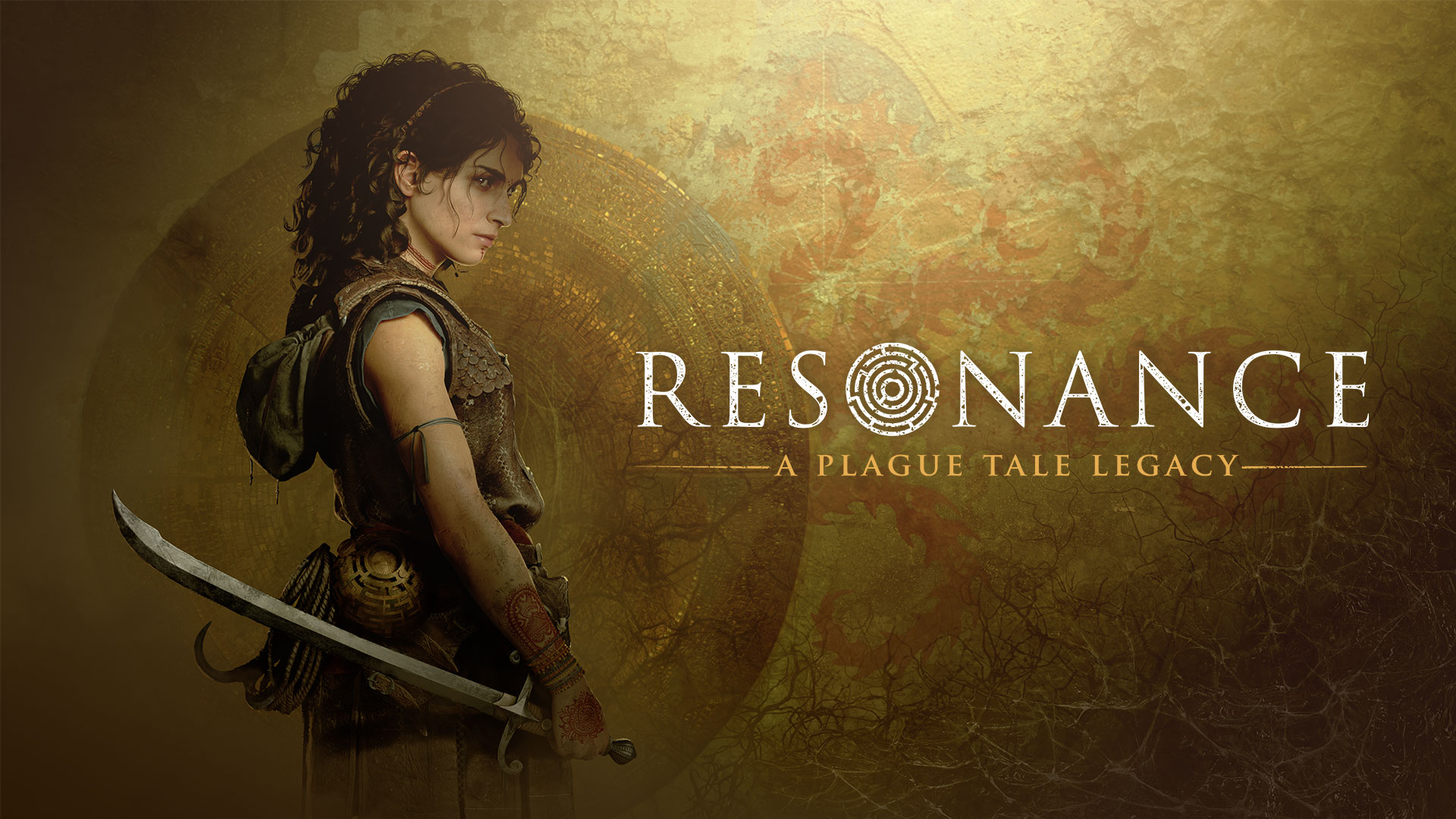

















































_WindVector_Alamy.jpg?width=1280&auto=webp&quality=80&disable=upscale#)






































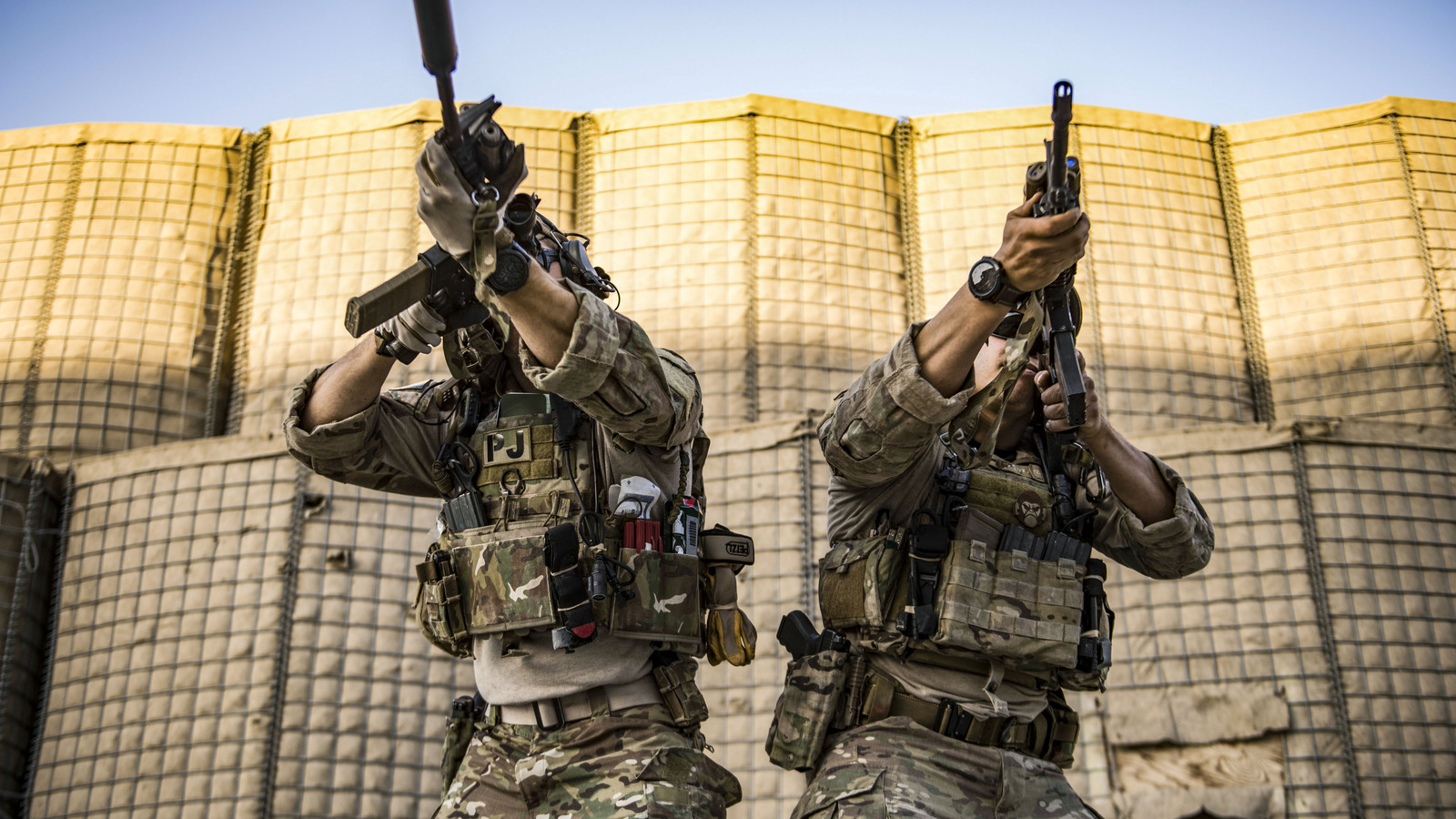


























































![Galaxy Watch 8 Classic goes up for sale with hands-on photos showing new design, more [Gallery]](https://i0.wp.com/9to5google.com/wp-content/uploads/sites/4/2025/06/galaxy-watch-8-classic-ebay-1_a53c3c.jpg?resize=1200%2C628&quality=82&strip=all&ssl=1)














![Watch Apple's WWDC 2025 Keynote Here [Video]](https://www.iclarified.com/images/news/97538/97538/97538-640.jpg)




































































